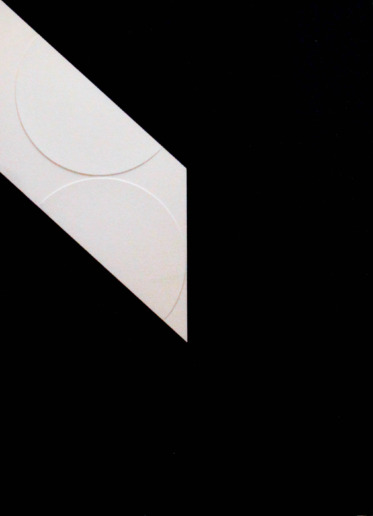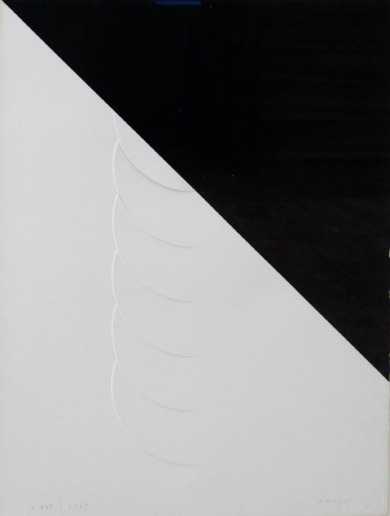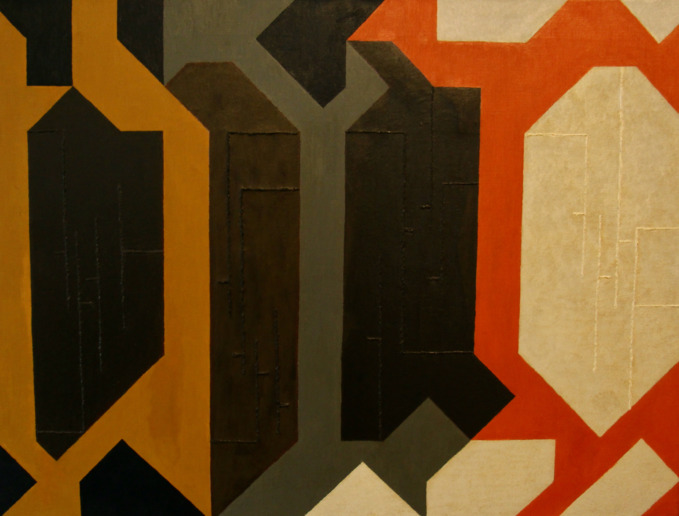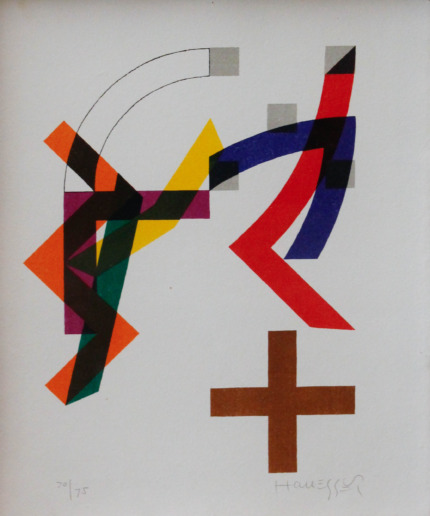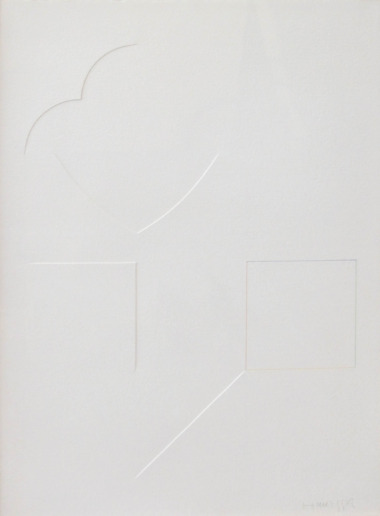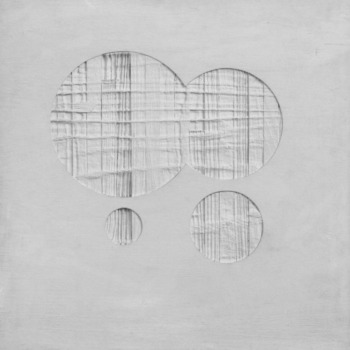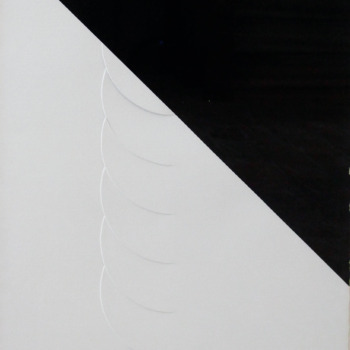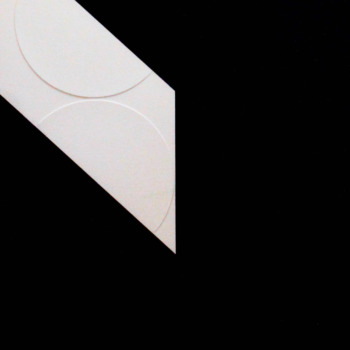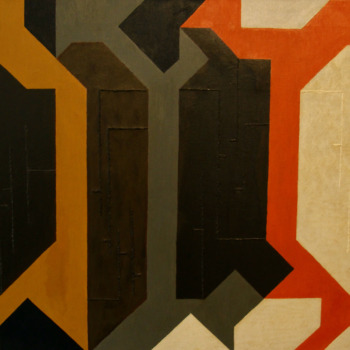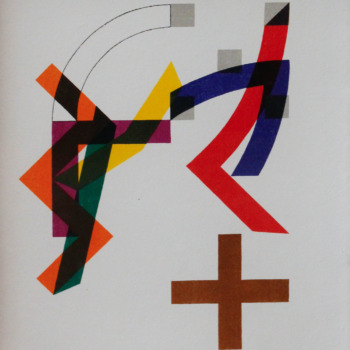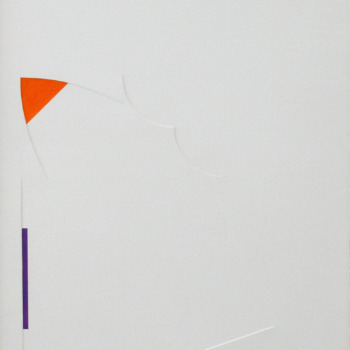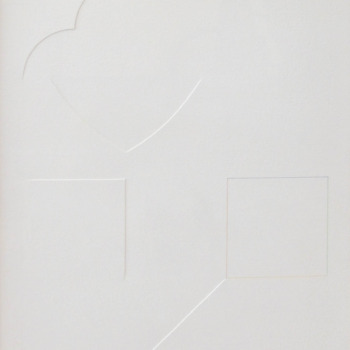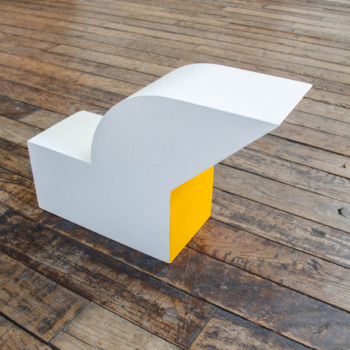Born 1917 in Zurich, Switzerland. Died 2016 in Zurich.
Gottfried Honegger initially pursued a career as a commercial artist after studying at the Zurich School of Applied Arts. In 1938 he founded a workshop for graphic design, decoration and photography, produced exhibition scenographs, including the National Expo in Zurich in 1939, and set up the first travelling exhibition of graphic art in Switzerland. The artist moved briefly to Paris in 1939, where he created landscapes and cubist portraits. He stayed in the Scandinavian countries, Germany and the Soviet Union. In the 1950s he painted compositions based on nature and geometry. In 1958 he went to the USA to New York, where he met the Abstract Expressionists. He created monochrome paintings whose surface is animated by geometric and repetitive elements of low thickness, anticipating his “Tableaux-Reliefs”, which he presented for his first solo exhibition at the Martha Jackson Gallery in New York in 1960. That same year Gottfried Honegger returned to Paris, where he used computers for computer-programmed drawings. He exhibited there and finally gave up his other activities to devote himself entirely to art. Honegger created relief paintings in monumental formats whose distribution of colours and shapes is entrusted to the randomness of a dice game. Then the tableaux-reliefs emancipated themselves from the plan of the painting. He also makes “folds” out of sheet metal.
Honegger’s works are represented in international collections such as the Museum of Modern Art, New York, USA; Musée national d’art modern, Paris, France; Centre Georges Pompidou, Paris, France; Kunsthaus Zürich, Switzerland; Museum für Gestaltung, Schweiz; Neue Galerie, Kassel, Germany.
